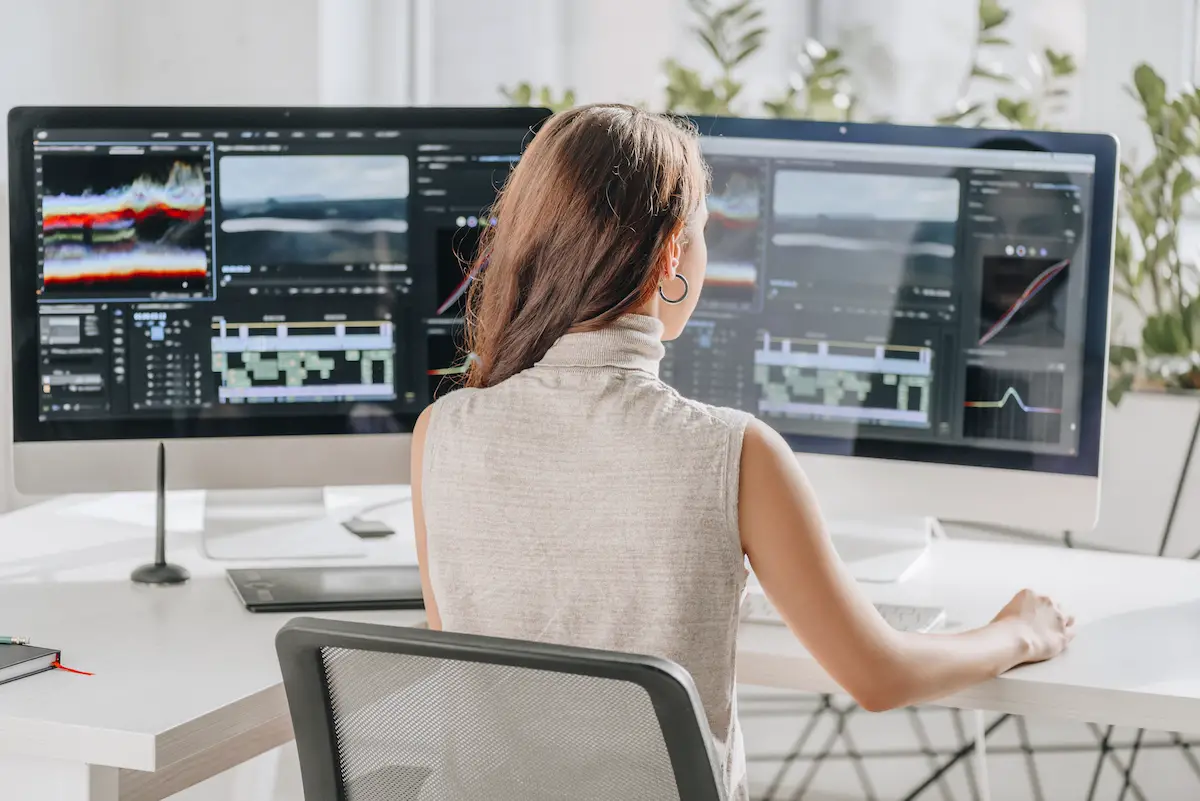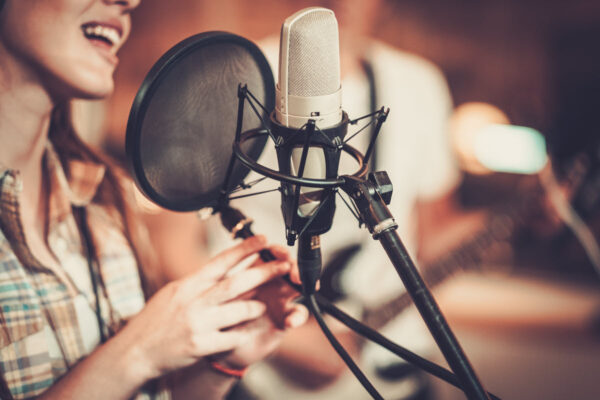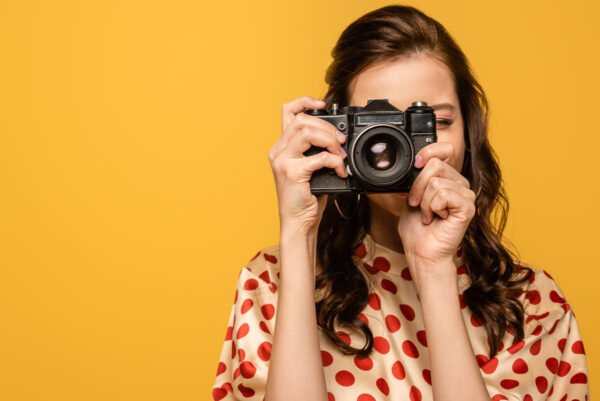The Basic Techniques of Video Editing

Estimated reading time: 5 minutes
Table of contents
On the internet, videos are becoming more and more popular. A great video editor can make a video go viral. In this article, you will learn the basic techniques of video editing to help you get started with editing videos. We’ll tell you why you should use certain types of overlays in your videos, how to choose music for your videos, and other specifics that can help you create a great video.
B-roll
B-roll is one of the most used video editing techniques. It is the footage that supports a narrative video. It’s usually used to show a location but can also illustrate concepts or ideas. B-roll can be anything from stock footage to clips from a related film. For example, if you’re making a video about New York City, you might use footage of other cities in the US or worldwide.
The key is that the B-roll should be relevant to your topic — it doesn’t have to be precisely on topic, but it should support what you’re saying. If you’re talking about how great your vacation was, you could use pictures of other vacations as B-roll.
B-Roll is also known as Cutaway Shots. These shots provide a context within a setting by showing off props, scenery, and more! They are known as such because they are cut away from the main focus of a scene (the subject).
SEE ALSO: Mastering the Pomodoro Technique
Continuity
The principle of continuity states that in a scene with two or more shots, the viewer should be unable to tell which parts belong to which shot. This means that if you cut from one angle to another, each piece should flow into the other seamlessly without any jumps or cuts that could disrupt the flow of your video.
Consistency is the most important thing to remember when editing a video. If you have jump cuts where something changes drastically, or an interviewee suddenly has a different expression on their face, it will break the viewer out of the story and distract them from what’s happening on screen.
Continuity errors are a common mistake for beginners and pros alike because it can be challenging to see mistakes in a finished product when you’re used to seeing it as a rough cut or draft. This is why editors need to keep track of continuity issues during post-production so they can fix them before handing over their final product.
Establishing Shot
An establishing shot is a filmmaking technique to create a sense of time and place. It involves showing the audience where the story is taking place, often by displaying the location at a distance but sometimes by offering it up close and personal.
Establishing shots is one of the essential tools in film directing because they help viewers orient themselves in space and time. They can be used to establish relationships between people and places or to set the mood for an upcoming scene.
An establishing shot is a shot that shows the location of the scene. It could be a comprehensive view of the city or a close-up of a building. It can give the audience an idea of where the scene takes place, so they can better understand what is happening in the story.
The establishing shot is often used as the opening shot in a movie or TV show. It can also be used during your video to establish where you are and what’s happening.
SEE ALSO: How to Take Better Photos with Your iPhone?
Keyframe
In video editing, a keyframe is a frame where the content of the video has been changed compared to the previous frame. It’s considered a keyframe because it has changed from what happened before to what will happen afterward. For example, if you were to create an animation of a bouncing ball, then each time you change the animation, it would be considered a new keyframe.
This is the most fundamental technique. This is useful to create a fast-paced or slow-motion effect in your video. You just have to set a few keyframes in the video, and everything around them will automatically change according to your specifications.
Lower Thirds
This is a text overlay at the bottom of the screen for displaying information about speakers or locations. This can be useful when you have multiple people in one scene but only want to focus on one person at a time. For example, when you see someone’s name onscreen while speaking, that’s what we’re talking about here.
A lower third is a common element used in video editing. It is an overlay that displays text on the screen. This can be a name, subtitle, or any other information you want to display.
Lower Thirds are usually placed on the upper part of the screen and can be used to give credit to the creator of the video or for subtitles.
Lower Thirds are also used for branding purposes. For example, if you have a company logo, you can place it as a lower third in your videos to create a more professional look and feel.
Rough Cut
The rough cut is another video editing technique that is an essential part of video production because it allows you to see if your story flows well or has any problems with your storyline. It involves taking all the shots and assembling them to create a rough screening version of the final product. This process usually takes place before cutting and splicing, but it can also be done after editing if you are unsatisfied with the result.
Takeaway: Video editing involves processing digital video footage and sound for aesthetic, storytelling, or informative purposes. The term refers to manipulating raw data. This includes pictures, sound, and video to create a finished work with an emotional impact on the audience. Video editing thus generally involves technical knowledge or skill and often requires sophisticated software.







